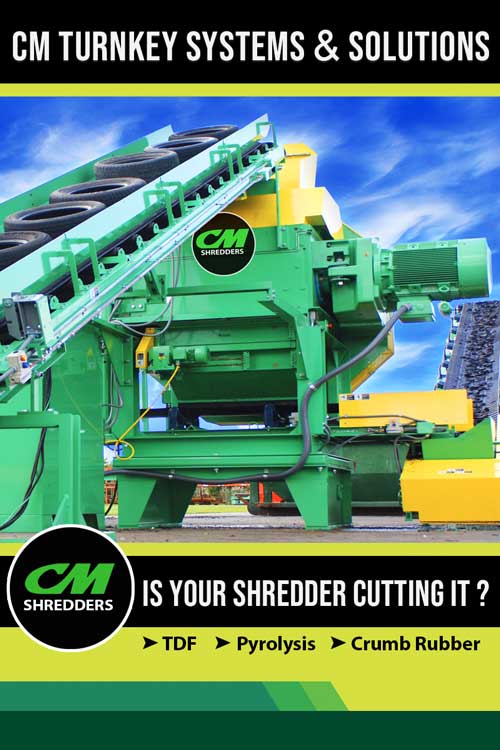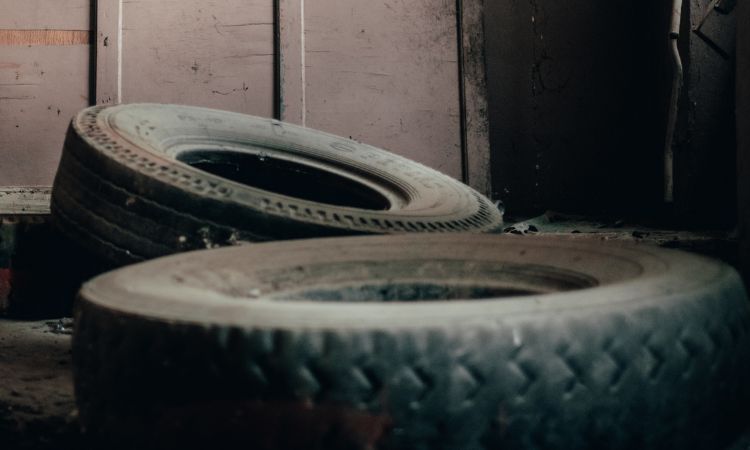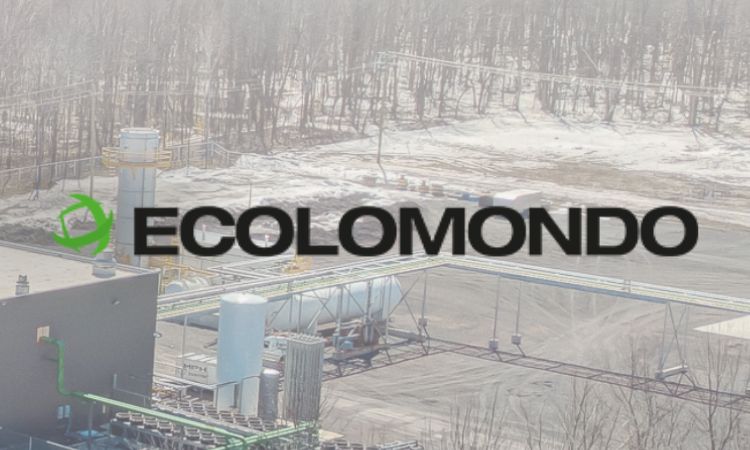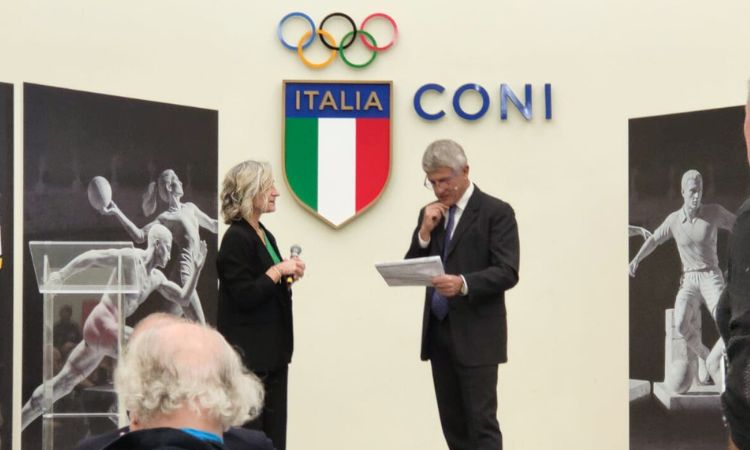Recycled tyre shock absorbers show promise for railway durability and waste reduction
A recent study by the University of Technology Sydney (UTS), in collaboration with Sydney Trains, Transport for NSW, EcoFlex, and Bridgestone, has validated a novel railway shock absorption system made from recycled tyres. The technology, tested over two years on a live freight line in Chullora, Sydney, has demonstrated its ability to reduce track degradation and maintenance needs.
Researchers compared track sections fitted with a rubber underlay made from end-of-life tyres to conventional sections, monitoring ballast degradation, vibration, and track settlement. The results, published in the Canadian Geotechnical Journal, revealed that the rubber-reinforced sections exhibited significantly improved performance and stability under train loads.
The system uses a patented layout of tyre cells filled with waste materials and recycled rubber grids placed beneath the ballast layer. This configuration not only helps protect the ballast from damage but also distributes train loads more evenly across the underlying soil, preventing settlement and improving long-term track reliability.
Experts suggest that widespread adoption could significantly lower maintenance costs for the rail industry while reducing demand for virgin quarried rock. The technology also presents a viable solution for managing Australia’s annual output of over 50 million waste tyres, contributing to circular economy goals.
With new funding from the Australian Research Council and industry partners, the team will now trial the system in more demanding railway environments, such as bridge approaches and junctions.
Read more in the original article by the University of Technology Sydney.
Weibold is an international consulting company specializing exclusively in end-of-life tire recycling and pyrolysis. Since 1999, we have helped companies grow and build profitable businesses.









